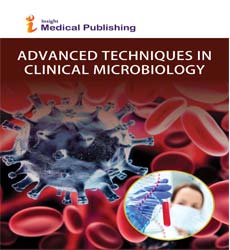Flies as mechanical vectors for the spread of Gram-negative bacteria resistant to antibiotics
Abstract
The purpose of this work was to evaluate flies as mechanical vectors for the spread of Gram negative bacteria resistant to antibiotics. For this, homemade traps with various types of baits were placed to catch flies in different houses both in Cumaná and Carúpano, Sucre state, during the months of February to May 2015. The most attractive bait was fish entrails in both cities. The flies isolated in Cumaná were Chrysomya albiceps, Lucilia cuprina, Sarcophaga sp1 and Musca domestica. In Carúpano were isolated the same of Cumaná, but also Chrysomya rufifacies, Lucilia sericata, Calliphora vicina and Sarcophaga sp2. The Gram negative bacteria carried by the flies were Escherichia coli, Klebsiella pneumoniae, Proteus mirabilis and Pseudomonas aeruginosa. Some enterobacteria strains were resistant to betalactams by betalactamases production (BLEE, carbapenemases and AmpC), decrease susceptibility to fluoroquinolones and high level resistance to cloramphenicol. We did serino- carbapenemases detection by microbiologic methods, and we saw that Hodge modified test was negative for all strains tested. By antibiotipification we saw low clonality of strains of E. coli isolated from flies. In conclusion, mayority of enterobacteria strains have bacterial resistance mechanisms to all antibiotics of human use (betalactams, fenicols and quinolones), making it impossible to use in case of serious infections. P. aeruginosa strains have resistance to all antibiotics tested.
Open Access Journals
- Aquaculture & Veterinary Science
- Chemistry & Chemical Sciences
- Clinical Sciences
- Engineering
- General Science
- Genetics & Molecular Biology
- Health Care & Nursing
- Immunology & Microbiology
- Materials Science
- Mathematics & Physics
- Medical Sciences
- Neurology & Psychiatry
- Oncology & Cancer Science
- Pharmaceutical Sciences
